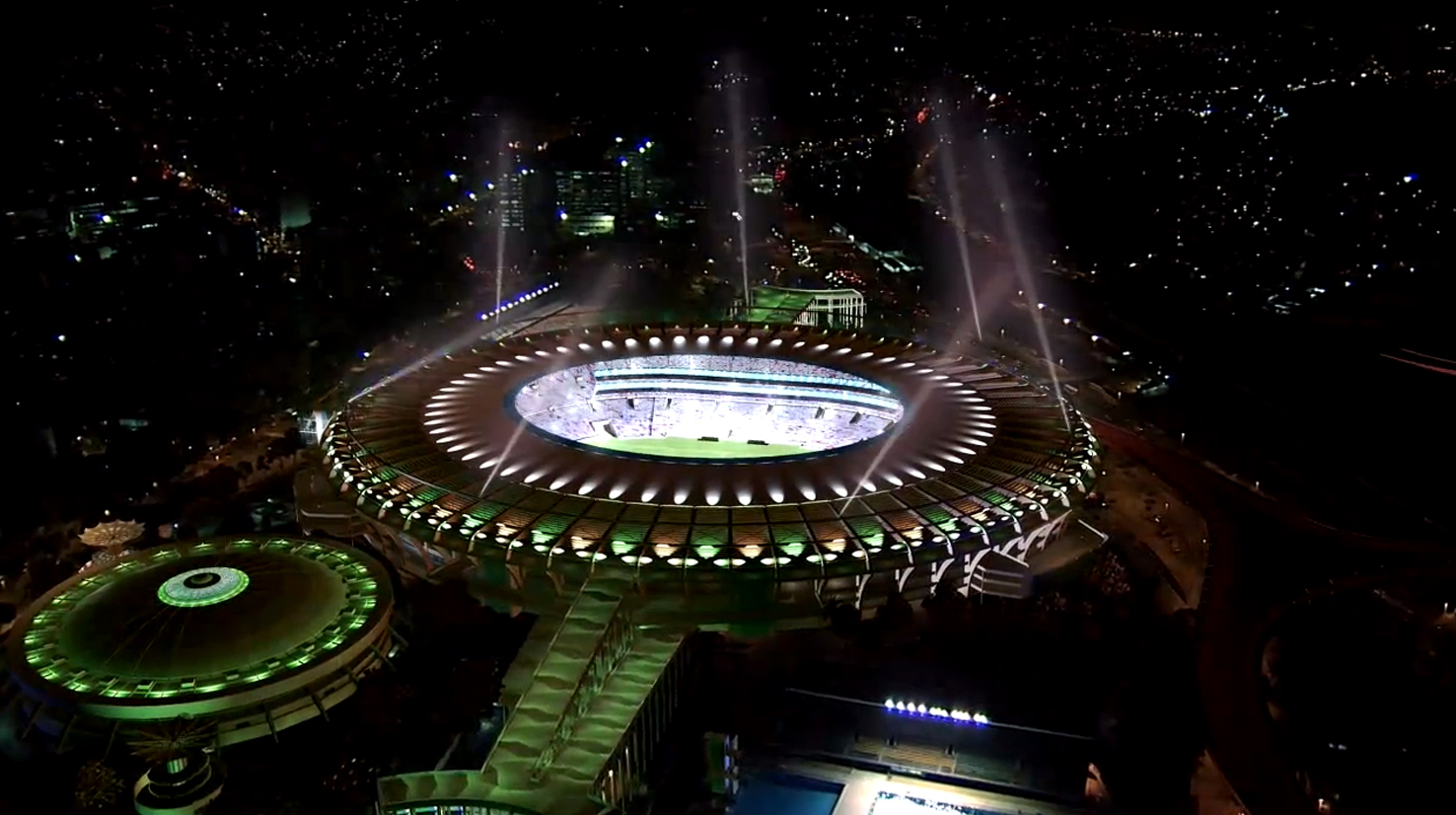You’ve probably noticed that the FIFA 2014 World Cup is underway in Brazil. The Socceroos are currently preparing for their second match against the Netherlands in the hopes that they can take one step closer to playing in the 2014 final at the legendary Maracanã Stadium in Rio.
The huge Maracanã Stadium is one of the focal points for the 2014 tournament and is scheduled to host a total of seven matches including one quarter-final and the final. First constructed for the 1950 World Cup, Maracanã Stadium has in recent years undergone extensive renovations in order to modernise its facilities, improve its sustainability and lower its running costs.
The long list of upgrades to the iconic venue includes the installation of world-class rainwater harvesting system and an enormous bank of solar panels. In addition to the energy efficiency and water savings, the Maracanã stadium has further polished its green credentials by reducing CO2 emissions, responsible for greenhouse gases, improving the local environment and optimizing use of construction materials.
The stadium’s sustainable performance saw it obtain a Leadership in  Energy and Environmental Design (LEED) certificate seal from the US Green Building Council Brazil (USGBC). The LEED certificate seal is considered one of the foremost global sustainability ratings for buildings.To achieve the LEED certification, the Maracanã stadium was assessed in seven areas: sustainable space, water, energy and atmospheric efficiency, materials and resources, internal environmental quality, innovation and processes and regional priority credits.
Energy and Environmental Design (LEED) certificate seal from the US Green Building Council Brazil (USGBC). The LEED certificate seal is considered one of the foremost global sustainability ratings for buildings.To achieve the LEED certification, the Maracanã stadium was assessed in seven areas: sustainable space, water, energy and atmospheric efficiency, materials and resources, internal environmental quality, innovation and processes and regional priority credits.
An instantly recognisable feature of the upgrade is the approximately 2,500m² of photovoltaic panels installed around the stadium’s distinctive roof that can produce enough energy to power 240 homes and helps reduce the stadium’s power consumption.
A less conspicuous feature of the stadium is its impressive array of 18 massive rainwater harvesting tanks. The rainwater tanks are fed from the roof, which have been engineered to collect large amounts of rainwater for use in the stadium’s water systems, reducing its reliance on externally supplied water by 40%. The modular rainwater tanks supply water to irrigate the pitch, as well as for use in the 292 toilets and restrooms. The restroom facilities are also equipped with ecological flushing systems and intelligent faucets.
While you may not have a world-class soccer pitch to irrigate, modular water tanks connected to your roof/gutter system can be of enormous benefit around your home and property. Each tank can store as much as 6000 litres of water and can be interconnected with other tanks to fulfil the water volume requirements for any domestic, commercial or industrial application.
Available in a variety of colours and sizes, modular slimline water tanks are durable, lightweight and affordable, and can be installed anywhere around your property. One of the advantages of a modular rainwater collection system is that each tank has a small footprint and won’t take up too much space so you can have a large storage system within a compact installation – an aspect that clearly appealed to the designers of the Maracanã Stadium’s upgrade.
Sustainability doesn’t have to be done on a stadium scale. By using a modular rainwater tank system to irrigate your garden, fill your pool, wash your car or flush your toilet, you’re helping ensure that your home is as water… and cost… efficient as it can be. Now that should be a goal for everyone!


